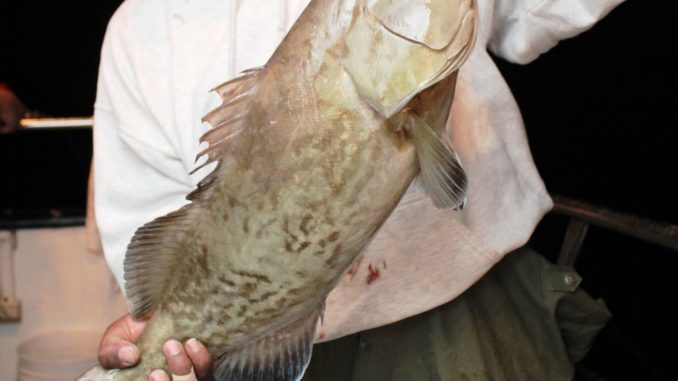
What is a convergence zone, and how do you find it?
“What’s the perfect water temperature to find tuna? How about wahoo? What about grouper?”
That’s a set of questions that Capt. Dave Tilley hears all the time. His answer is always the same. There’s not one.
“Fish are like people. People like to keep their house at a certain comfort zone. I like to keep my house at 68-degrees. Winter or summer, I like it 68-degrees inside. I can live at 84-degrees. I can live with it even higher than that, but I like it at 68. Fish are like me, except they don’t have a thermostat to control the temperature where they live. Instead, they search for the most comfortable temperature they can find,” said Tilley.
Fish usually find a comfortable location in what Tilley said is a convergence zone, and that’s good for anglers because convergence zones are relatively easy to find with the right technology.
Convergence zones offer options for fish
“Fish look for convergence zones their whole lives. A convergence zone is simply where two variables collide into one another. It’s not always temperature. It could be where deep water meets shallow water. Or where waters with high salinity meet areas of low salinity, or where a strong current meets a weaker one. In the ocean, those convergence zones are usually in long, relatively straight lines. Fish will swim along, bumping those convergence zones constantly. They are always looking for the area that is most comfortable to them,” said Tilley.
Using an array of different satellites and databases from several different agencies, Tilley runs models constantly on a host of factors that find all possible convergence zones. His computers at SaltwaterCentral.com update multiple times a day, and keep track of trends throughout the ocean. His website has all the tools for anglers to sift through and put together their own maps of where the best convergence zones are. This is all free of charge. But Tilley also gives anglers a much easier choice, for a small fee.
Tilley’s Fish Here Maps are maps that he will provide anglers with that will give them what he believes is their best chance at success, based on the information they give him.
Maps are customized for each day, for each angler
“Anglers tell me the date they are fishing, the species they are after, and the general location they are leaving out of. I will run all the datasets, and provide them with the maps and locations I believe are their best bets,” he said.
Tilley also includes personal notes on where he would start fishing, where is second stop would be, etc.
The maps are $35, a small price to pay for anglers heading offshore looking for pelagic species. Between the time you’ll spend blindly searching, the amount of fuel, and the trial-and-error of going it alone, $35 is a bargain.
Tilley doesn’t just sit behind a computer though. As a licensed captain, he has guided anglers from fishing vessels up to 100-feet in length, and holds two North Carolina saltwater state records.
Click here to find out more information on Fish Here Maps.




Be the first to comment